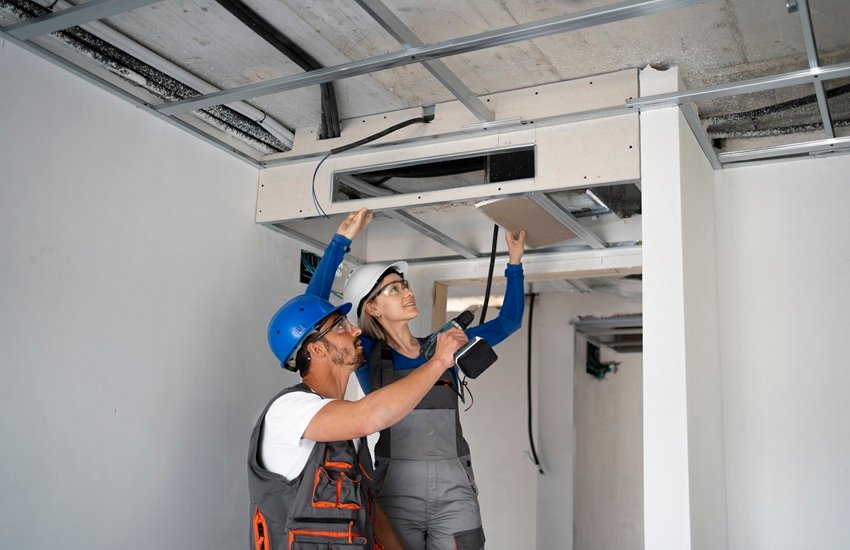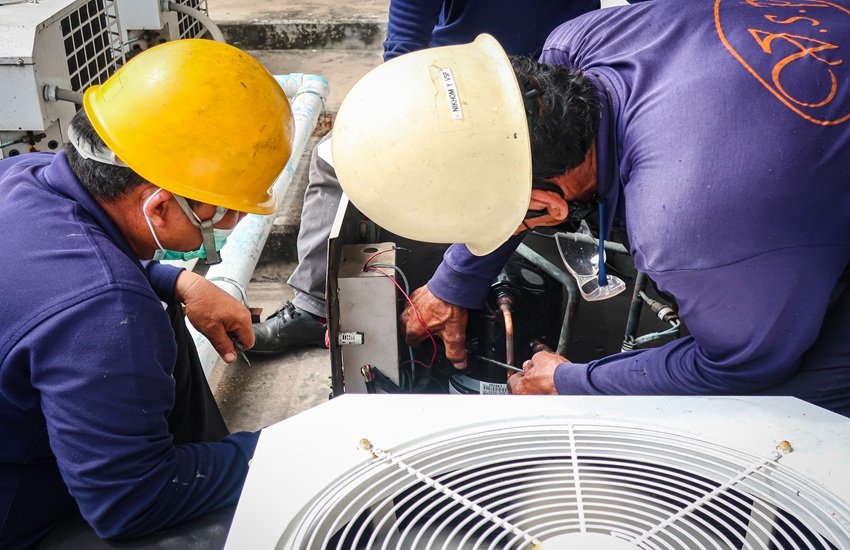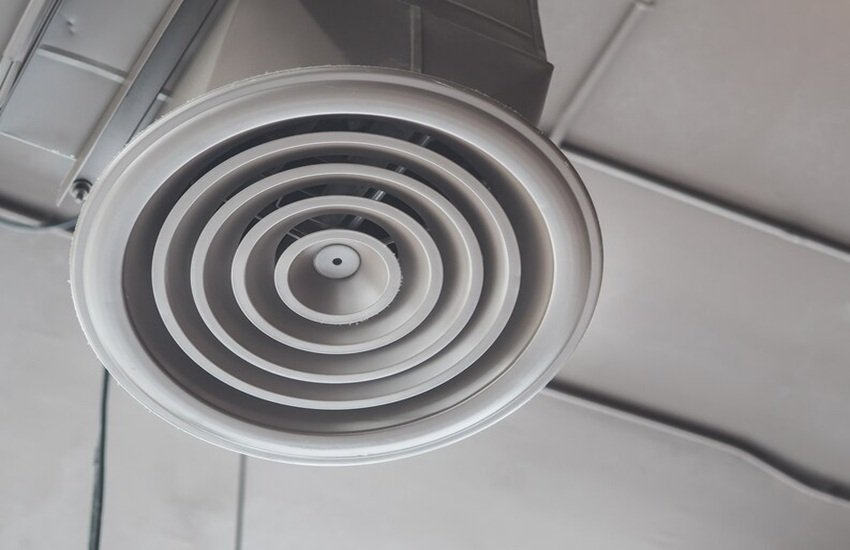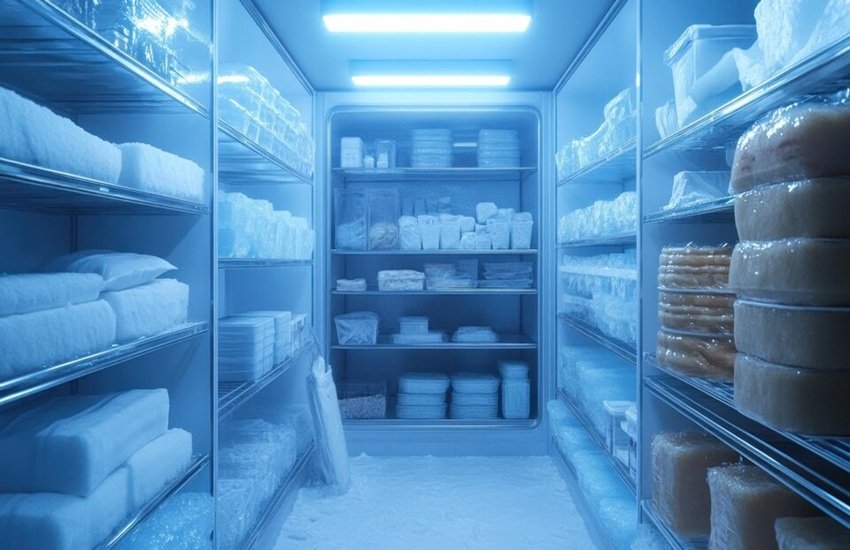A well-functioning office ventilation system is essential for maintaining a comfortable and healthy workspace. Poor air quality can reduce employee productivity, cause health issues, and even increase utility bills. Knowing when your HVAC system needs an upgrade can make a significant difference in your office environment. We will explore five key signs your office ventilation system may need an upgrade and how it impacts workplace productivity.
1. Poor Indoor Air Quality
Indoor air quality is a crucial factor in maintaining a healthy work environment. Signs of poor air quality include:
An outdated or poorly maintained HVAC system can fail to filter out pollutants effectively, leading to these problems. Scheduling regular HVAC maintenance can help identify air quality issues early. However, if the system is old and inefficient, consider investing in an HVAC installation to improve air filtration and circulation.
Poor air quality not only affects health but also reduces employee focus and efficiency, directly impacting productivity.
2. Uneven Temperature Distribution
Does your office feel like a patchwork of climates, with some rooms freezing while others are sweltering? Uneven temperature distribution is a common sign of an outdated or malfunctioning HVAC system. This could be due to:
Employees working in uncomfortable temperatures are less likely to perform at their best. An upgraded HVAC service can provide consistent temperature control, creating a more comfortable and productive workplace.
3. Rising Energy Costs
An inefficient ventilation system often uses more energy to achieve the desired temperature, leading to higher utility bills. Rising energy costs without an increase in usage is a red flag that your HVAC system may need an upgrade. Modern systems are designed to be energy-efficient, saving money in the long term.
Regular HVAC maintenance can optimize system performance, but if your energy bills continue
to climb, it might be time for a new HVAC installation. Energy-efficient systems not only reduce costs but also align with sustainability goals, boosting your company’s reputation.
4. Frequent Repairs
Frequent calls for HVAC service indicate that probably there are signs of an expiring system. While occasional repairs are normal, consistent breakdowns can become costly and disruptive.
Investing in a new HVAC installation can eliminate the recurring expenses and ensure reliable operation. A new system will also come with warranties, giving you peace of mind and uninterrupted productivity.
5. Employee Complaints and Health Issues
Employee feedback can provide valuable insights into the state of your office ventilation system. Common complaints related to poor ventilation include:
-
Headaches and fatigue
-
Dry eyes or skin
-
Difficulty concentrating
These symptoms often stem from inadequate ventilation or poor air circulation. Addressing these issues through professional HVAC service or an upgrade can improve employee well-being and enhance productivity.
How an Upgraded Ventilation System Impacts Productivity
Investing in an upgraded ventilation system can bring several benefits to your workplace, including:
Improved Air Quality
Enhanced filtration systems remove pollutants, allergens, and bacteria, creating a healthier environment. There is not such a high likely-hood of employees taking sick leave. For this reason, productivity remains constant.
Optimal Temperature Control
Modern HVAC systems maintain consistent temperatures, ensuring comfort for all employees. This minimizes distractions and boosts focus.
Reduced Noise Levels
Outdated HVAC systems can be noisy, causing distractions in the office. Newer systems operate more quietly, contributing to a peaceful work environment.
Energy Efficiency
Upgrading your HVAC system reduces energy consumption, lowering operational costs. Such savings can be moved into other areas of the business.
Enhanced Employee Morale
A comfortable and healthy workspace fosters higher job satisfaction, increasing employee retention and overall productivity.
Steps to Upgrade Your Office Ventilation System
-
Assess Your Current System Schedule a professional HVAC service to evaluate your system’s condition and identify areas for improvement.
-
Plan Your Upgrade Work with experts to design a system tailored to your office’s needs. Consider factors such as office size, number of employees, and specific air quality requirements.
-
Choose the Right System Select an energy-efficient system that aligns with your budget and long-term goals. Look for advanced features like smart thermostats and high-performance filters.
-
Schedule Professional Installation Ensure your HVAC installation is handled by certified professionals to guarantee optimal performance.
-
Implement Regular Maintenance Establish a maintenance schedule to keep your system running efficiently and extend its lifespan.
Conclusion
Your office ventilation system plays a critical role in maintaining a productive and healthy work environment. Ignoring the signs of an outdated or inefficient system can lead to increased costs, employee dissatisfaction, and reduced productivity. By investing in professional HVAC service, timely HVAC maintenance, and, when necessary, a new HVAC installation, you can ensure a comfortable and efficient workspace.
Remember, a well-maintained HVAC system is not just a functional necessity but a cornerstone of employee well-being and business success. Don’t wait for minor issues to become major problems; take proactive steps today to upgrade your office ventilation system and reap the benefits of a more productive workplace.




